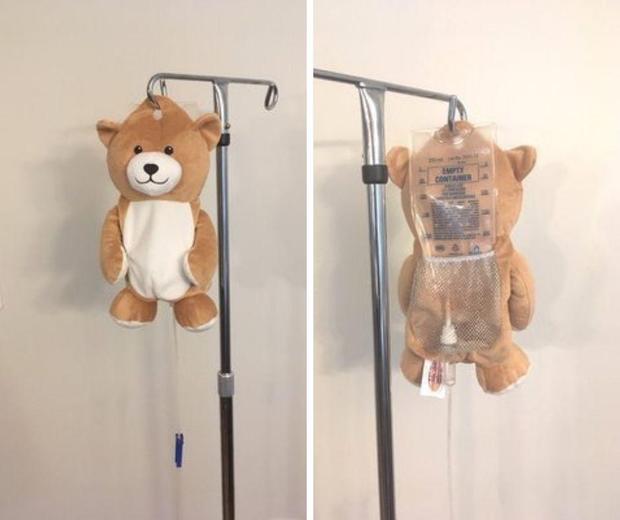“How are you?” “How is your day going?” These used to be easy questions to answer, but now that the world is so much more volatile, uncertain, complex, and ambiguous than ever I’m struggling to answer the simplest of questions. I can’t generalize how the day is going, for the last seven months I would be hard-pressed to categorize the days into “good” days or “bad” days. In our house, we have good moments and bad moments. I’m guessing I’m not alone. No matter what your current situation or circumstances, these are trying times.
We have all been forced into situations that have pushed us outside our comfort zone and sometimes outside the zone of what we previously would have thought possible. But the longer we spend in quarantine and virtual learning, the more I am starting to think about the future. I am less interested in the immediate future and am turning my attention to what I hope the future will bring for learning and learners.
I’m hearing a lot of focus on the immediate or near-term future.
The questions we are asking…
When can we bring students and teachers back to campus?
How do we create safety for students?
What procedures need to be put in place to adhere to CDC guidelines?
How do we support the social + emotional learning of students virtually?
How do we provide resources for all students to learn virtually?
When, how can we start athletic programs? After school enrichment programs? Bussing?
You get the idea. The questions currently being asked will answer short term valid concerns but fail to look at long term changes and possibilities. I am in no way trying to minimize the work that is happening, trust me I want my own two kids back in school! But, I am starting to worry that we may miss the opportunity to ask bigger questions that need to be asked in order for the future to be different than school as we know it.
The questions we aren’t asking…
How do we erase the arbitrary lines between school & learning?
Are we focused on creating new or just digitizing past practices?
What does this give schools permission to stop forever?
What new elements of “school” are working?
Do we really want our schools to look the same post-COVID as they did pre-COVID?
How might we embrace more flexibility in scheduling as we return to school?
How have our learners changed? What about their expectations around school and learning?
What are parents” learning and experiencing with students at home and how is this shifting their view of school as we know it?
What assumptions are we making about learning and school?
This may be the perfect time to ask some really big questions before we just return to normal. What big questions are you asking? I’d love to shift the conversation to designing a new future, one that embraces new models of learning in and out of the classroom.





